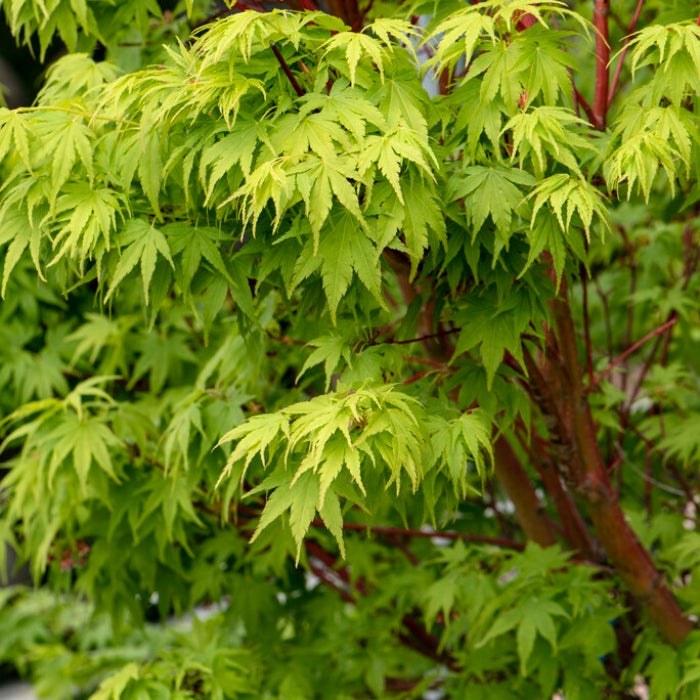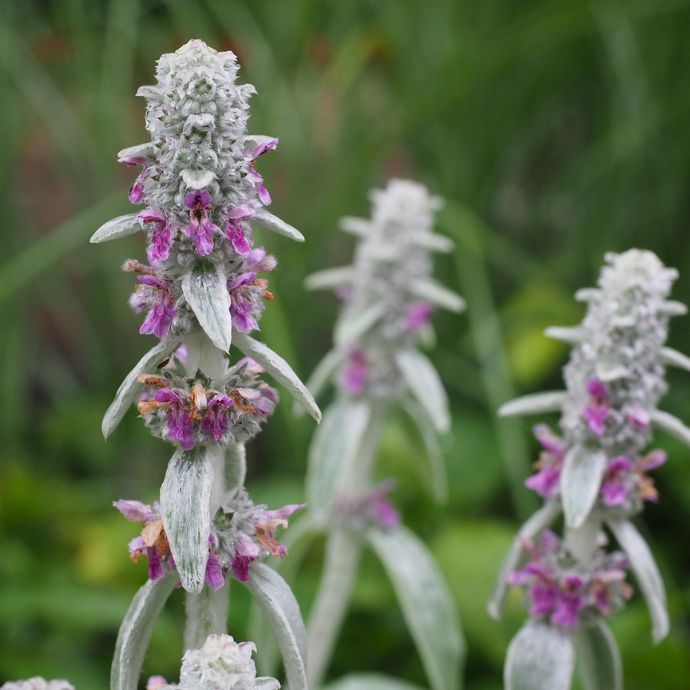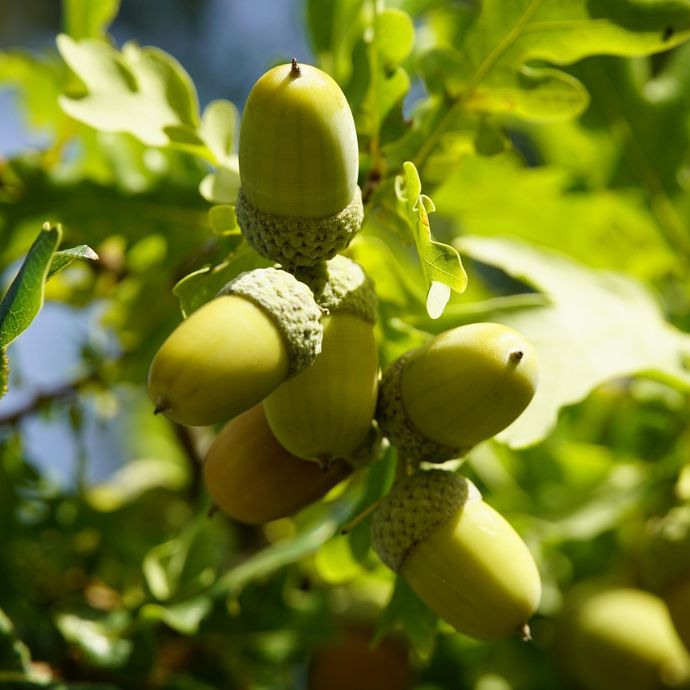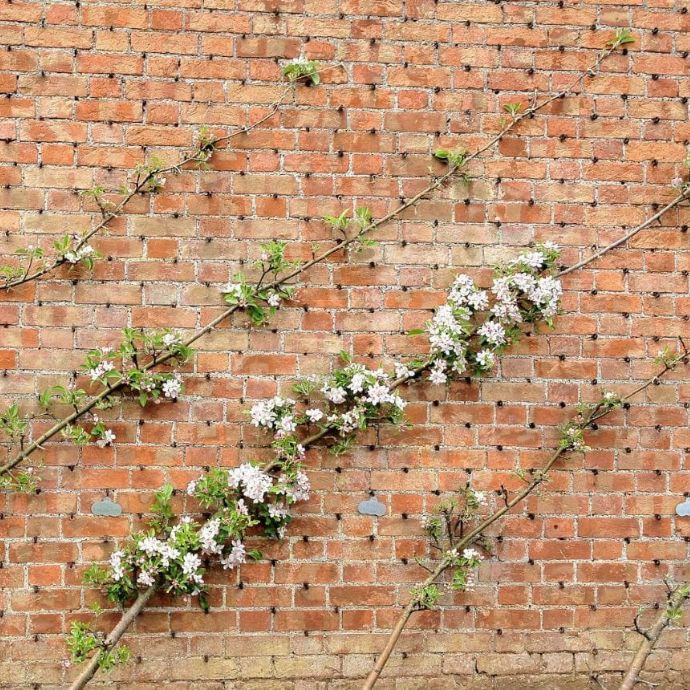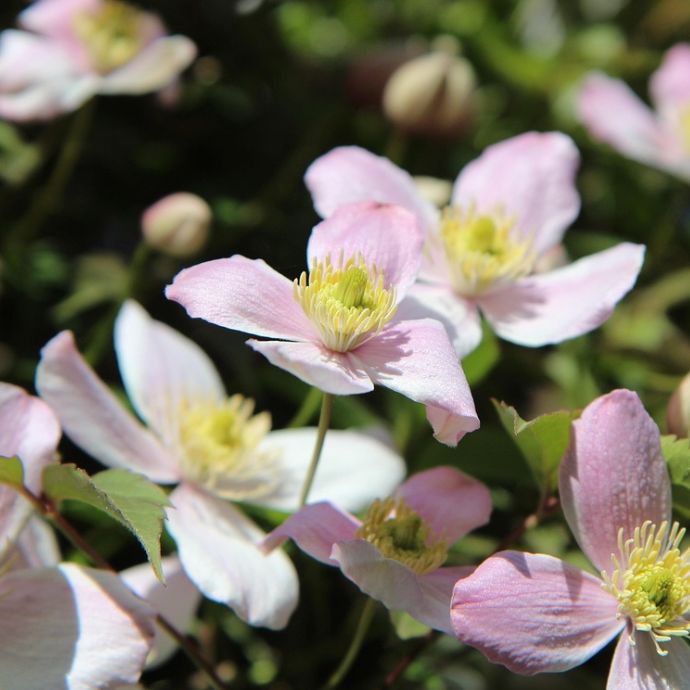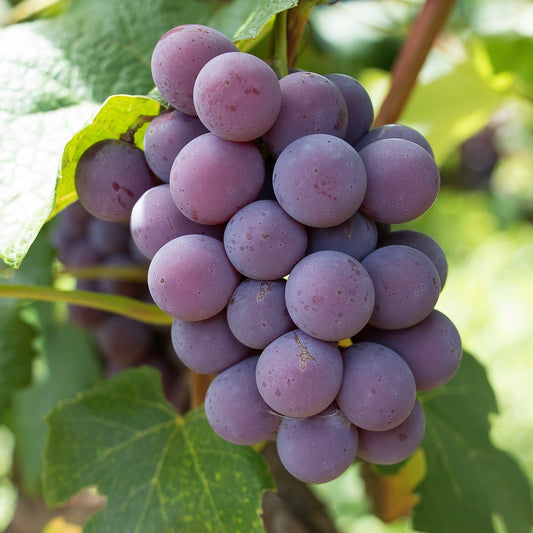Growing Grapes in Pots: A Complete Guide

Growing your own grape vines is a wonderful thing. Whether you want to try your hand at viniculture or simply want the plants for ornamental purposes, grape vines offer a beautiful touch of Mediterranean elegance wherever they’re found. But what if you’re limited on space, or only have access to a paved outdoor area – what then? Well, you could grow your grape plants in pots, and in this post we’re going to be showing you just how to do it.
Jump to:
- Can you grow grapes in pots?
- Can you grow grapes in pots?
- What are the best grape varieties to grow in pots?
- What type of pot is best for growing grapes?
- What growing medium should I use to grow container grapes?
- Training grape vines grown in containers
- Watering grape vines grown in pots
- Feeding grape vines grown in pots
- Pruning grape vines grown in pots
- Should you grow your grape vine indoors or outdoors?
Can you grow grapes in pots?
Yes, you can grow grape vines in pots provided you bear in mind a few key things. Generally speaking, grapes grow best in a spacious container made from terracotta, using moist but well-drained compost and positioned in a fully sunny spot (at least six hours of direct sunlight per day).
What are the best grape varieties to grow in pots?
The best varieties of grapes to grow tend to be those that are a little bit less vigorous and more compact. Varieties like ‘Regent’ and ‘Boskoop Glory’ are good starting points, with both (but particularly ‘Regent’) having a more stout stature than many other sprawling grape vines. In terms of pot size, you want it to be twice as wide and deep as the rootball the plant arrives as.
What type of pot is best for growing grapes?
To grow grape vines in pots, you need to choose a container that won’t absorb too much heat, and end up drying the plant out, so this rules out darker-coloured pots (like black plastic). Conversely, traditional terracotta pots, while better at keeping cool, are naturally porous and therefore if you use one of these you’ll need to make sure you keep on top of your watering regimen to account for the water lost through evaporation. Provided you do, opting for one of these pots is a solid choice. Plus, this might just be personal preference but I do love the look of a traditional clay pot!
What growing medium should I use to grow container grapes?
Something loamy is ideal for growing grape vines in pots, with a medium like John Innes No. 3 being perfect. If you think your compost mix is a bit on the heavy side and drains poorly, then you can always enhance it with a bit of perlite or horticultural grit. A slightly acidic soil/compost is preferred, but a neutral pH will work nicely, too. Somewhere between 6 and 7 is what you’re ideally after.
Training grape vines grown in containers
Like most climbing plants, grape vines need some sort of support over which to grow. This is no different with grape vines grown in containers.
Many people choose to position their potted grape vine by the base of one of the vertical supports of a pergola. Tie your plant into its support as you would one grown in the open ground; use garden twine or plant-friendly cable ties and tie in your plant in the direction you want it to grow.
Grapes in containers are typically trained using the rod and spur method; this is where a main stem is trained from which fruiting spurs grow, rather than having multiple stems. It is sometimes also known as the cordon method.

Caring for grape vines grown in pots
Once your grape vine is planted in its pot, you’ll of course want to look after it to give it as long and healthy a life as possible. Fortunately, the aftercare for grape vines is relatively straightforward.
Watering your pot-grown grape vine
Plants grown in containers require more regular watering than those grown in the open ground, as their compost dries out more quickly. Grape vines are no exception and you should water your plant regularly, particularly as it establishes, as well as throughout the growing season (especially in hot, dry spells).
Feeding your pot-grown grape vine
In terms of feeding, things are nice and simple. Apply a slow-release fertiliser at the start of the growing season, then from late spring onwards, use a high-potassium liquid feed (something like tomato feed works well) fortnightly, upping the frequency to once weekly as the fruits start swelling. Stop any and all feeding once the grapes undergo véraison (ripening and changing colour).
Pruning your pot-grown grape vine
We’ve previously written a comprehensive pruning guide for grape plants, but here are the key things you need to know for container-grown plants. Pruning is usually carried out in winter, when the plant is dormant. Additional pruning can also be carried out in late spring if growth is too vigorous. Finally, in summer, you can focus on thinning out your grape bunches, so you get fewer decent-sized fruits, rather than bunches of tiny, pea-shaped grapes.

Should you grow your grape vine indoors or outdoors?
The answer depends on the variety of grape you’re looking to grow. Certain cultivars are tough enough to withstand UK conditions, including ‘Phoenix’, ‘Pinot Noir’ and ‘Lakemont’. Other grape varieties are more tender and better-suited to growing in greenhouses or conservatories (like ‘Black Hamburgh’). Grape vines require a period of cold dormancy each winter in order to bear fruit the following year; an unheated greenhouse is perfect for this purpose.
Final thoughts
Hopefully, having read this you’ll have more of an idea of how to grow grape vines in containers. It’s a good alternative for gardeners with limited outdoor space, just a patio for instance, and can still reward you with bunches of delicious grapes provided you follow the aforementioned care steps.
Last updated: 15/10/2025
